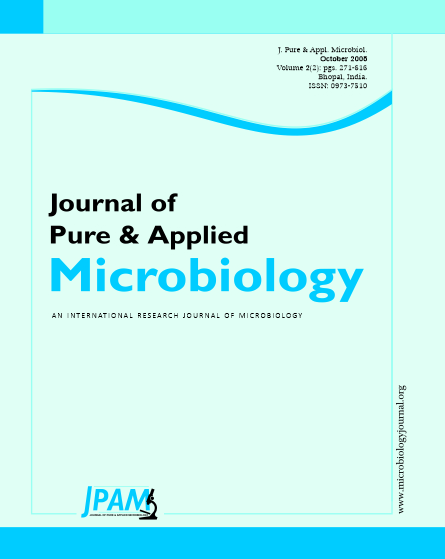A total of nineteen metal-resistant and non-resistant bacteria from activated sludge treating both metal-contaminated industrial effluents and municipal wastewater were isolated and identified. Among these isolates, Pseudomonas pseudoalcaligenes and Micrococcus luteus were selected for further investigations due to their high copper and lead biosorption capacities. Cells of M. luteus could be used for at least five alternate biosorption and desorption cycles without loss of copper removal capacity. Immobilization of M. luteus in 2% calcium alginate and 10% potyacry lamide gel bead increased copper uptake by 61 %. M. luteus and P. pseudoalcaligenes may have potential applications in removing and recovering copper and lead respectively from industrial effluents. In this paper we review the role of bacteria in Bioremediation of Heavy metals.
Bacteria, Bioremediation, heavy metals
© The Author(s) 2008. Open Access. This article is distributed under the terms of the Creative Commons Attribution 4.0 International License which permits unrestricted use, sharing, distribution, and reproduction in any medium, provided you give appropriate credit to the original author(s) and the source, provide a link to the Creative Commons license, and indicate if changes were made.


